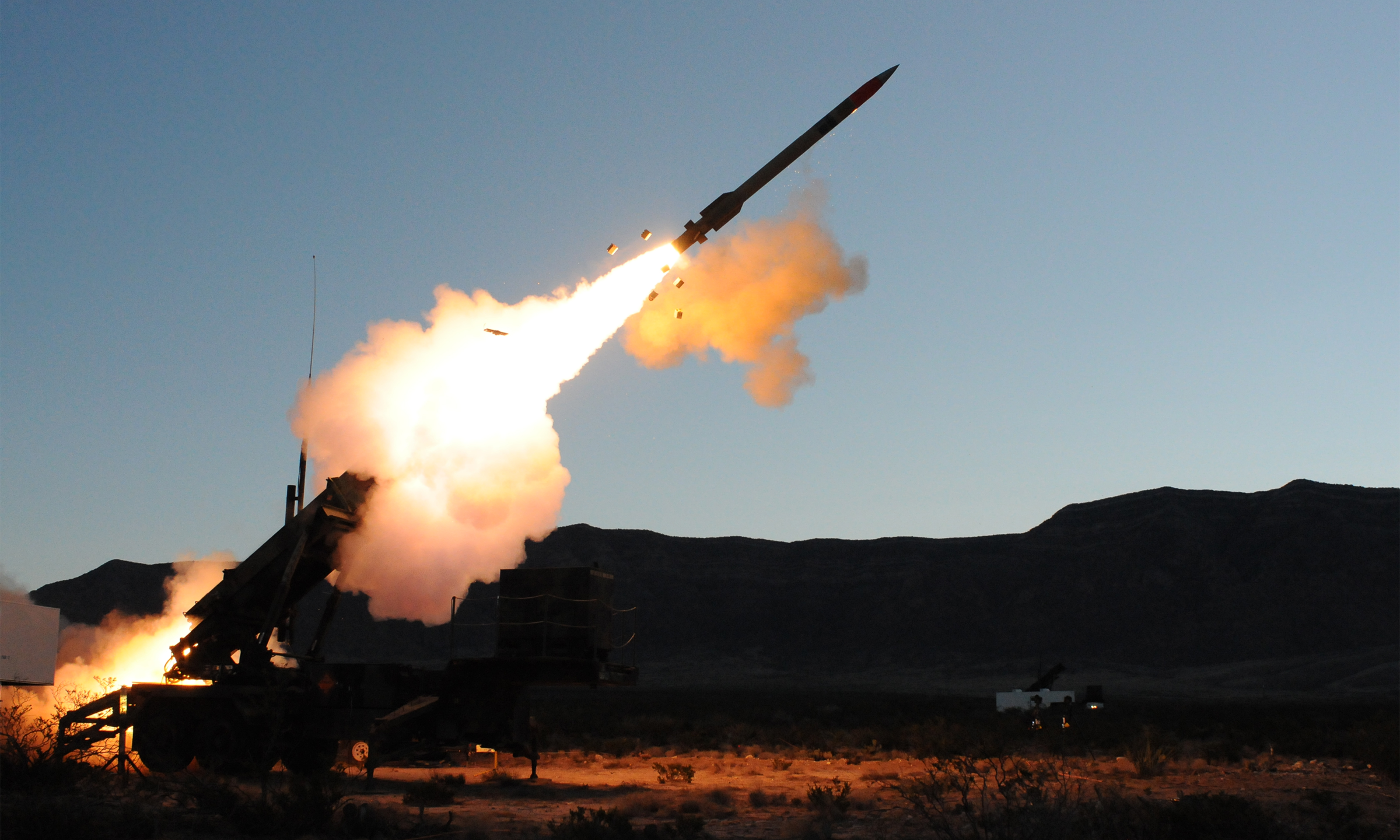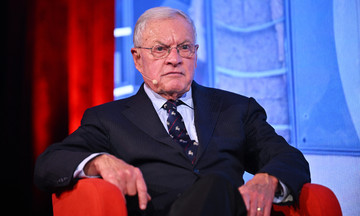Major General Shayeq Al Hajri, Qatar’s Deputy Chief of Staff for Joint Operations, reported that Iran launched 7 missiles towards Al Udeid air base, a US installation outside Doha, on the evening of 23/6/2025. All were intercepted over the Persian Gulf before entering Qatari airspace.
Al Udeid was subsequently targeted by 12 more missiles. "11 of these were shot down over Qatar, and one landed at Al Udeid," Hajri said, adding that there were no casualties.
US President Donald Trump stated that Iran launched 14 missiles, not 19, with 13 intercepted. One missile was allowed to proceed as it was not deemed a threat. He confirmed no US or Qatari citizens were killed or injured, and there was minimal damage.
Trump characterized Iran’s action as a "very weak" response, adding that Washington had anticipated and effectively countered it. According to Iran’s Supreme National Security Council, the number of missiles launched at Al Udeid matched the number of bombs the US had previously dropped on Iranian nuclear facilities, which was 14. US media, citing an anonymous defense official, reported that Iran used short and medium-range ballistic missiles in the attack.
US Central Command (CENTCOM), responsible for US military operations in the Middle East, confirmed that the Iranian missiles were intercepted by US and Qatari Patriot air defense systems.
Video released by Al Mayadeen shows a Patriot missile intercepting an Iranian ballistic missile, along with other explosions in the Qatari sky. Images on X showed debris from a Patriot PAC-3 MSE missile after an intercept.
Citing anonymous Iranian officials, US media reported that Tehran warned Doha about the attack to minimize casualties. Iran sought a symbolic response to the US airstrike on its nuclear facility, aiming to de-escalate tensions.
The Patriot, developed and deployed by the US since 1981, utilizes different intercept technologies. The PAC-2 version uses fragmentation warheads, while the PAC-3 employs hit-to-kill technology. The Patriot radar has a range of approximately 150 km.
In 2012, Qatar signed a 9 billion USD deal with the US for 11 Patriot systems, including 44 launchers, 246 GEM-T interceptors, and 768 PAC-3 missiles. These were fully deployed by 2018.
Qatar now operates the upgraded PAC-3 MSE, featuring a dual-pulse motor and improved guidance, fins, and software, enhancing range, altitude, and maneuverability.
"The PAC-3 MSE is a highly versatile air defense missile capable of engaging hypersonic, ballistic, and cruise missiles in complex environments," said Chris Mang, vice president of missile production at Lockheed Martin.
Mang stated the PAC-3 MSE is highly accurate and capable of single-shot intercepts, unlike older systems that often require two shots.
To meet global demand, Lockheed Martin has increased PAC-3 MSE production to about 600 missiles annually, double the rate of a few years ago.
"We are discussing with the US Army about further increasing production. I believe the production line will be expanded, but the extent is uncertain due to the weapon’s complexity," the Lockheed Martin official added.
The Patriot system has proven effective in Ukraine, helping Kyiv counter various Russian weapons, including the Kinzhal hypersonic missile and the Iskander-M ballistic missile.
 |
A US Patriot air defense system firing in Alabama in 2024. Photo: *US Army* |
However, Ukrainian officials admit that interception is increasingly difficult as Russia upgrades its weapons and tactics, such as using decoys to confuse radar.
Besides the Patriot, Qatar's military also uses the NASAMS 3 air defense system, Gepard anti-aircraft guns, and man-portable air-defense systems (MANPADS) like the Stinger, FN-6, and Mistral, according to the International Institute for Strategic Studies (IISS).
During a visit to Al Udeid last month, President Trump announced that Qatar had signed a 42 billion USD deal for US military equipment, including the Terminal High Altitude Area Defense (THAAD) system.
THAAD is considered one of the world's best air defense systems, capable of intercepting short to long-range ballistic missiles in their terminal phase. A complete THAAD system includes a control station, the AN/TPY-2 radar, support equipment, and 6 launchers with 48 ready-to-fire missiles.
Pham Giang (*CNN, Air & Space Forces*)












